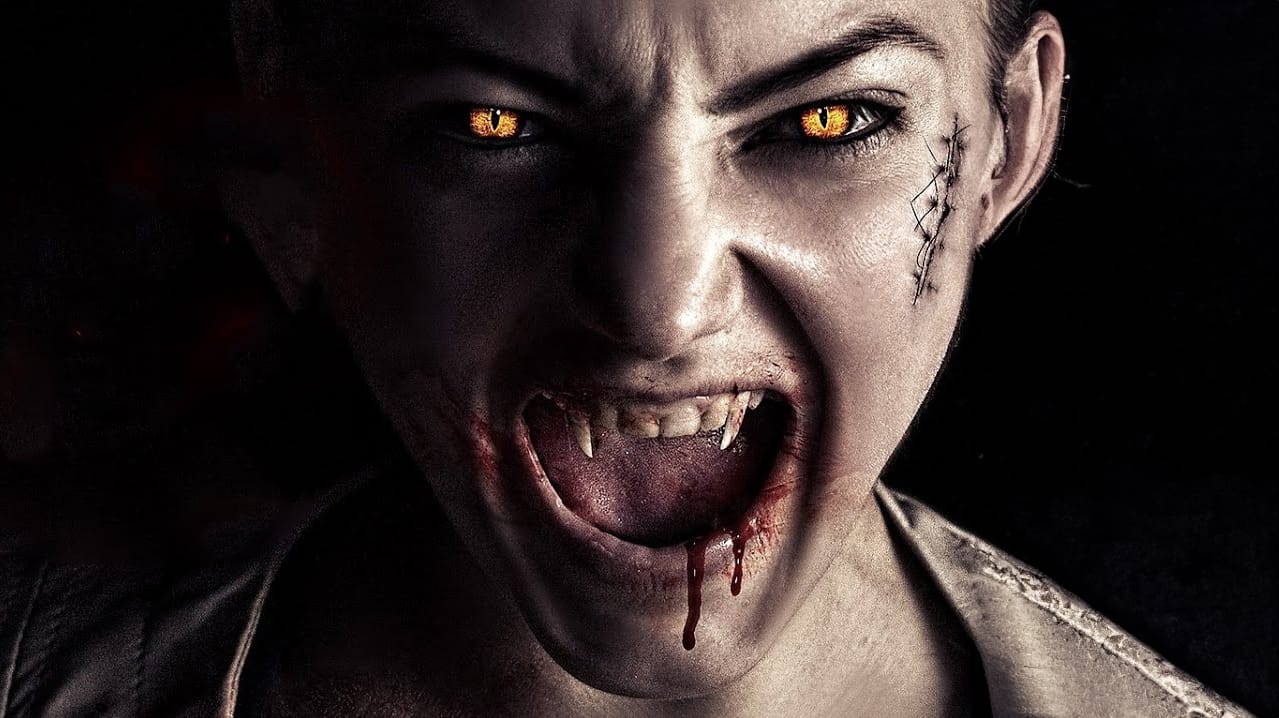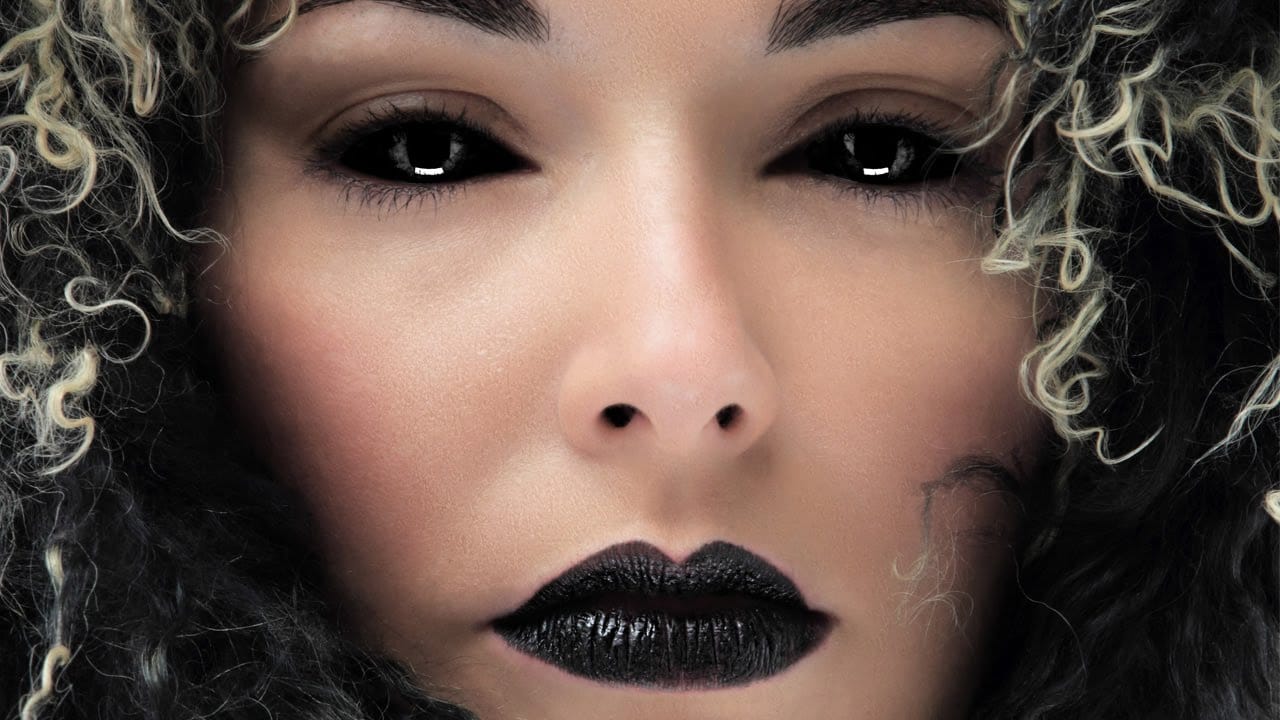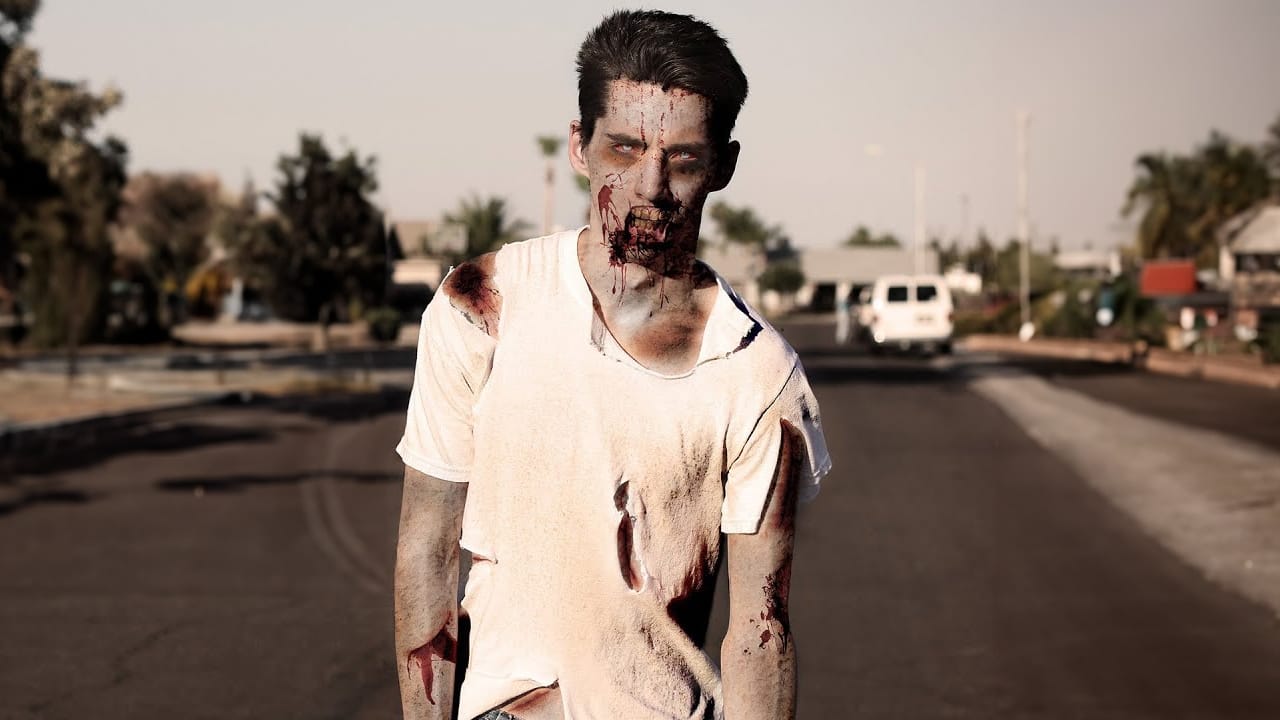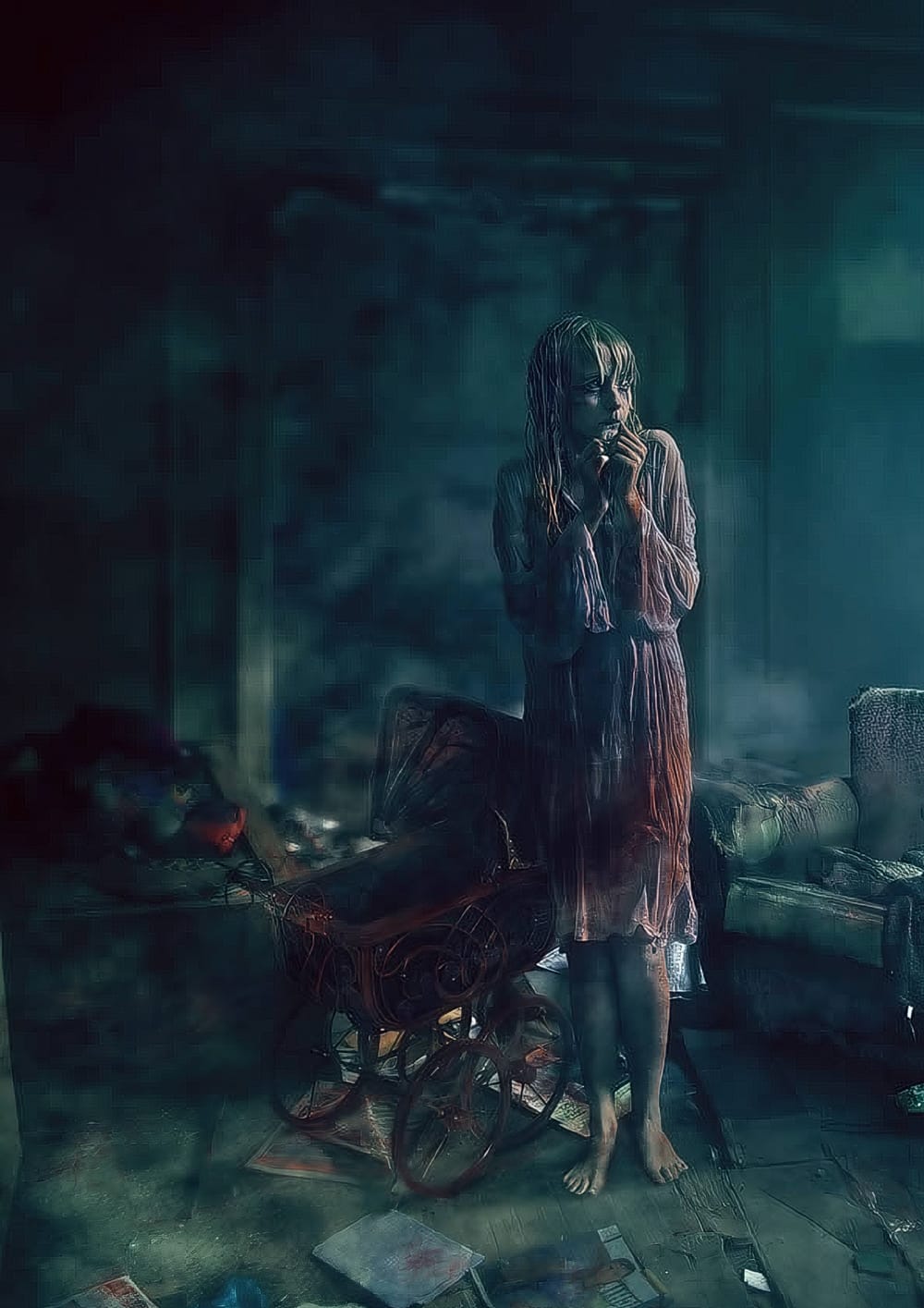Evil undead eyes can transform any portrait into a haunting, supernatural image. This technique draws inspiration from the reflective pupils of replicants in Blade Runner, creating glossy, realistic demon eyes that maintain depth and believability.
The method uses adjustment layers and simple masks to invert both pupils and irises while preserving the wet, reflective quality that makes eyes look convincingly alive.
Watch the Tutorial
Essential Tips for Creating Undead Eyes
Master these key techniques to achieve realistic evil eye effects that maintain depth and believability:
- Create separate mask layers for eye whites, irises, and pupils using the pen tool for precise selections
- Apply Gaussian blur (2 pixels) to adjustment layers to soften harsh edges and create organic transitions
- Add white elliptical speculars on overlay blend mode to maintain the glossy, wet appearance of real eyes
- Use a soft brush on the layer group mask to paint subtle shadows under the upper eyelid for realistic depth
- Apply luminance noise reduction in Camera Raw to smooth pixel degradation in highly processed areas
More Tutorials About Horror Photo Effects
Explore additional techniques for creating supernatural and horror-themed transformations.
















